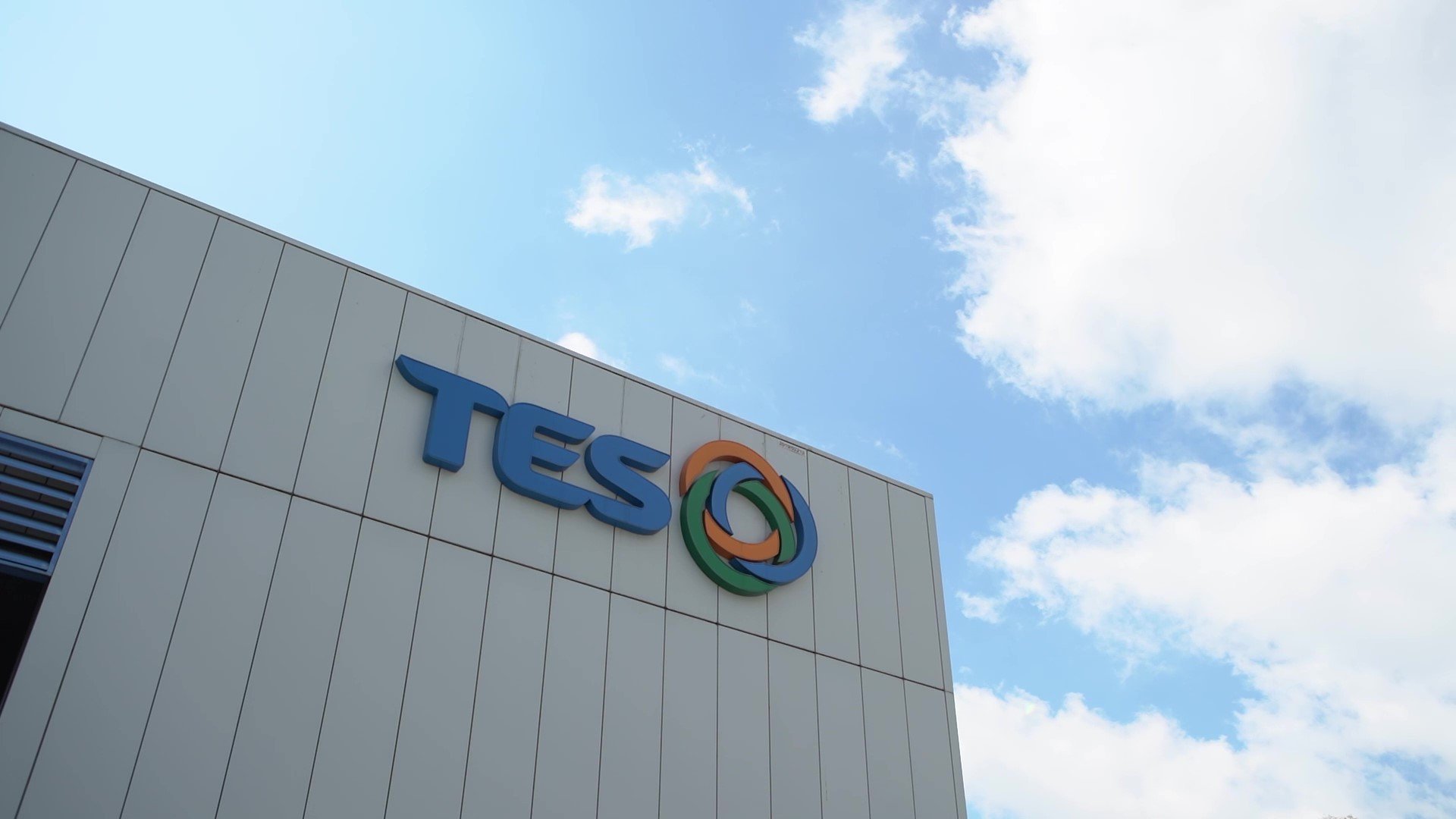In the wake of growing environmental awareness, numerous companies are proudly branding themselves as champions of sustainability. But are these claims genuinely reflecting their commitment to the environment, or are they just an example of 'greenwashing'? The tech and battery asset disposition industry is no exception to this phenomenon, with companies needing to provide hard evidence of their sustainability credentials to avoid the risk of reputational and financial damage.
WHAT IS GREENWASHING?
Greenwashing, defined by the Oxford English Dictionary, is "the creation or propagation of an unfounded or misleading environmentalist image". Essentially, it implies businesses investing more time and resources into marketing their 'green' image rather than taking real action towards environmental and social issues.
A review in Environmental Science Europe breaks greenwashing down further into misleading advertising at both firm and product levels. It can manifest through clear textual arguments ("claim greenwashing") or more subtly through nature-evoking elements like images, colors, or sounds ("executional greenwashing").
THE LURE OF GREENWASHING
Companies often risk greenwashing due to its potential to increase profit margins, appeal to environmentally conscious customers, or attract younger generations keen on sustainability. This practice is particularly prevalent in the financial and investment sector, where even firms with substantial fossil fuel investments boast about their green credentials.
On the other side of this coin lies a more recent trend, "green hushing." Out of fear of damaging their reputations or incurring hefty fines, some companies on the Dow Jones Sustainability Index (DJSI) are choosing to withhold information about new certifications or environmental goals. South Pole’s 2022 Net Zero report reveals that one in four companies refrains from publicizing their progress on emission reduction targets. The key to sustainability lies somewhere between these two extremes.
GREENWASHING: AN INDUSTRY-WIDE PHENOMENON
Well-known brands across all industries have been accused of greenwashing. From oil and gas firms to major banks, organizations have been called out for simultaneously promoting eco-friendliness and continuing business as usual. The tech industry, responsible for a significant portion of global carbon emissions, is particularly guilty of this, with greenwashing rampant despite claims of carbon footprint reductions.
NAVIGATING AWAY FROM GREENWASHING
So how can companies mitigate the risk of greenwashing without falling into the trap of green hushing? The UN panel at the COP27 climate summit offered several recommendations, including making a net-zero commitment with a clear transition plan, increasing transparency and accountability, transitioning towards renewable energy, and using voluntary carbon credits.
Truthful statements form the bedrock of credibility for any organization. It means shedding the pretense of perfection and being transparent about ongoing efforts to improve environmental and social performance. A well-defined sustainability strategy integrated into the broader business strategy is critical for companies to avoid greenwashing and make tangible improvements.
At TES, our vision of "Sustaining Tomorrow" outlines our commitment to Protect, Preserve, and Provide, backed by clear targets and indicators. As we progress into 2023, we will continue to adapt our plans based on data availability and feedback from stakeholders, ensuring transparent communication about our challenges and efforts.
In conclusion, the threat of greenwashing is real, and navigating the thin line between greenwashing and genuine sustainability is a challenge. Still, it is one that companies must undertake to ensure their sustainability credentials stand up to scrutiny.






